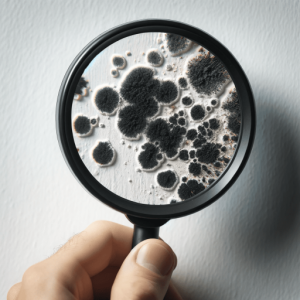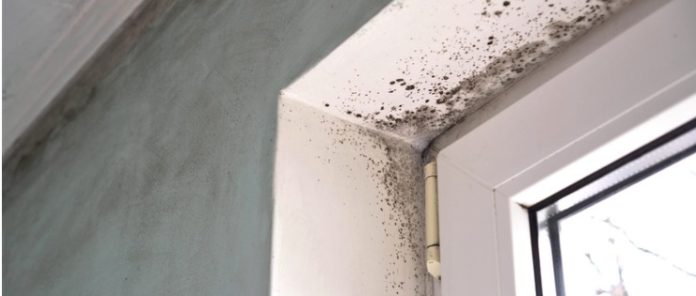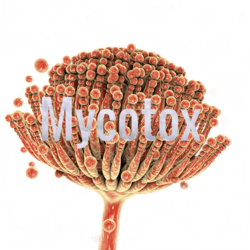We often think of our homes as safe havens, but what if the very walls that shelter us are harbouring a silent threat?
In recent years, scientists have been uncovering a disturbing link between damp homes and the growth of cyanobacteria – microscopic organisms that could be putting our health at risk.
The Unseen Invaders
Cyanobacteria, commonly known as blue-green algae, aren’t just a problem in lakes and ponds. These resilient microorganisms can thrive in moist environments created by water damage, high humidity, or poor ventilation in our homes and offices. As they colonize damp surfaces, they can release toxins and allergens into the air we breathe, potentially leading to a range of health issues.
Health Risks: More Than Just a Musty Smell
The presence of cyanobacteria in our living spaces can trigger a variety of health problems, some of which may not be immediately obvious. Here are some of the risks associated with cyanobacterial growth in damp buildings:
- Respiratory Issues: Exposure to cyanobacteria can irritate the respiratory tract, leading to coughing, wheezing, and shortness of breath. For those with asthma or other pre-existing respiratory conditions, the effects can be even more severe.
- Allergic Reactions: Some individuals may develop allergic responses to cyanobacterial proteins, resulting in symptoms like sneezing, runny nose, and itchy eyes.
- Skin Irritation: Direct contact with surfaces contaminated by cyanobacteria can cause skin rashes, itching, and other dermatological issues.
- Neurological Symptoms: In more serious cases, exposure to certain cyanobacterial toxins has been linked to neurological symptoms, including headaches, dizziness, and even potential long-term effects on cognitive function.
- Gastrointestinal Distress: Ingestion of cyanobacterial toxins, which can occur through contaminated water or food, may lead to stomach upset, nausea, and diarrhea.
Identifying the Threat: Signs of Cyanobacterial Growth in Damp Homes
Detecting a cyanobacterial outbreak in your home isn’t always straightforward, but there are some telltale signs to watch out for:
- Visible Growth: Look for bluish-green or black slimy patches on damp surfaces, particularly in bathrooms, basements, or areas with recent water damage.
- Musty Odor: A persistent earthy or musty smell, especially in areas prone to moisture, could indicate microbial growth, including cyanobacteria.
- Water Stains: Discoloration on walls, ceilings, or floors may suggest ongoing moisture issues that could support cyanobacterial growth.
- Increased Allergy Symptoms: If you notice a sudden onset or worsening of allergy-like symptoms when at home, it could be a sign of microbial contamination.
- Unexplained Illness: Recurring headaches, respiratory issues, or other health problems that seem to improve when away from home might point to an indoor air quality issue.
Taking Action: Protecting Your Health and Home
If you suspect cyanobacterial growth in your living space, it’s crucial to act quickly. Start by addressing any moisture issues and improving ventilation. For extensive contamination, consider consulting with a professional remediation service. Remember, a dry home is a healthy home. By staying vigilant and addressing moisture problems promptly, you can help ensure that your living space remains a true sanctuary, free from the hidden dangers of cyanobacteria and other harmful microorganisms. Stay safe, stay dry, and breathe easy!


